Suborder Serpentes Subfamily Crotalinae Phylum Chordata Order Scaled reptiles | Subphylum Vertebrata Scientific name Tropidolaemus Rank Genus | |
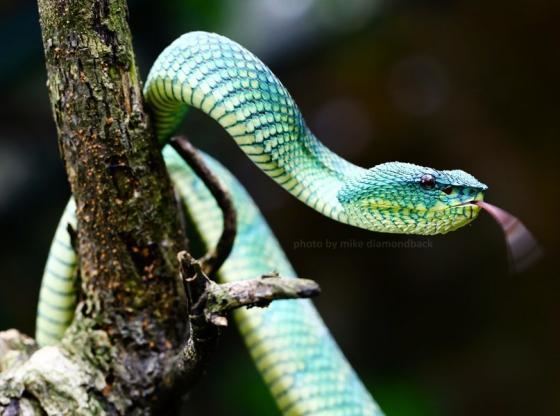 | ||
Lower classifications Tropidolaemus wagleri, Tropidolaemus huttoni | ||
How to fix and treat a venomous tropidolaemus wagleri
Tropidolaemus is a genus of venomous pitvipers found in southern India and Southeast Asia. Currently, 4 species are recognised and no subspecies.
Contents
- How to fix and treat a venomous tropidolaemus wagleri
- Tropidolaemus philippinensis fang walker
- Description
- Geographic range
- Behaviour
- Feeding
- Reproduction
- Species
- Taxonomy
- References
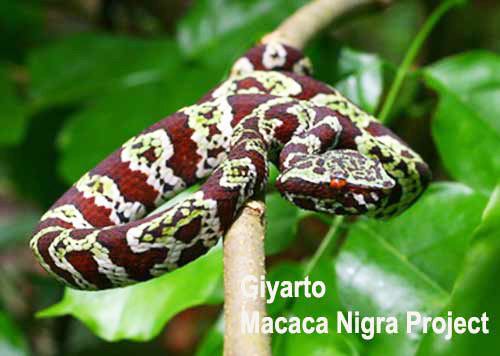
Tropidolaemus philippinensis fang walker
Description
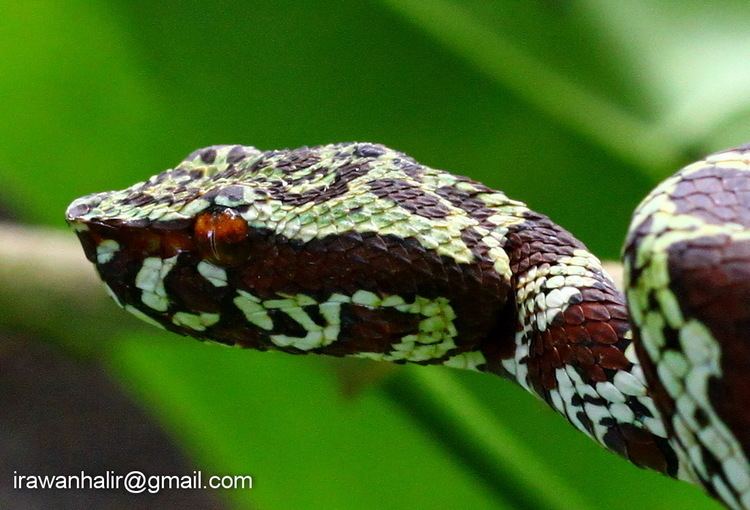
Tropidolaemus are sexually dimorphic. Females can attain total lengths of up to 1 metre (39⅜ inches), but males are typically only around 75 cm (29 1⁄2 in). They have a distinctly broad, triangular-shaped head and a relatively thin body.
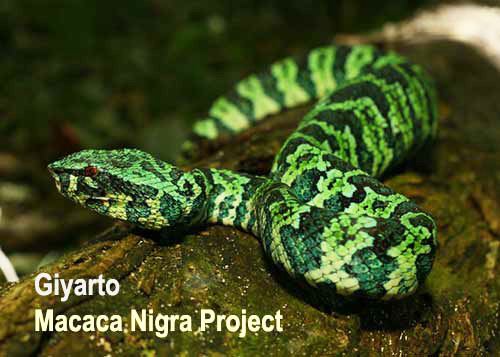
They are found in a wide variety of colours and patterns, which are often referred to as "phases". Some sources even classify the different phases as subspecies. Phases vary greatly from having a black or brown colouration as a base, with orange and yellow banding, to others having a light green as the base colour, with yellow or orange banding, and many variations therein.
Geographic range
Tropidolaemus is native to southern India and Southeast Asia.
Behaviour
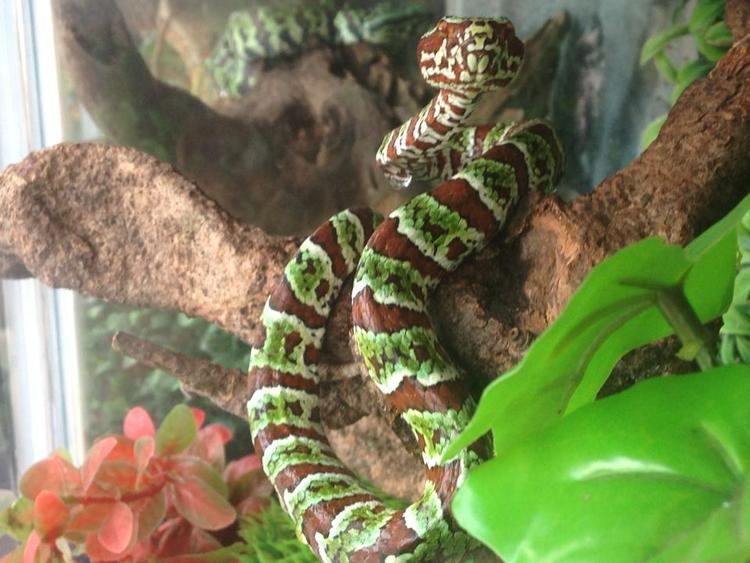
These species are primarily arboreal, and are excellent climbers. They spend most of their time nearly motionless, in wait for prey to pass by. They may be diurnal or nocturnal, with their activity period depending on the temperature.
Feeding
The diet includes small mammals, birds, lizards and frogs.
Reproduction

The average litter consists of between twelve and fifteen young, with the neonates measuring 12–15 cm (4¾-5⅞ inches) in total length.
Species
T) Type species.
Taxonomy
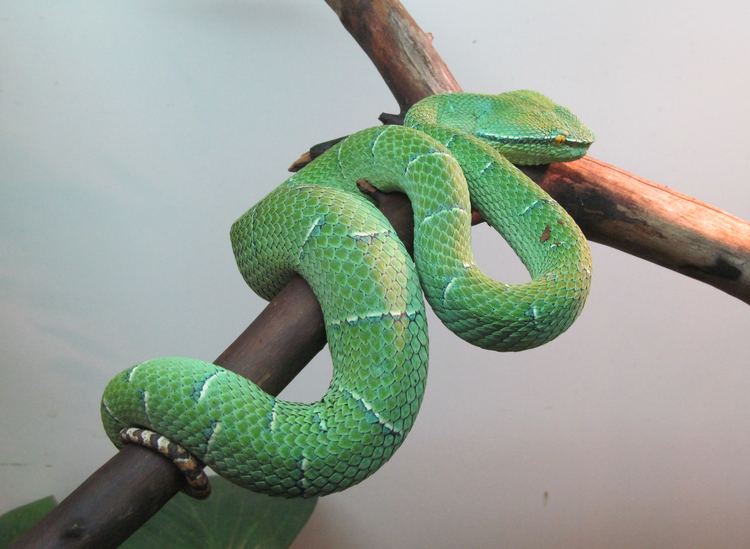
The two species here were once classified as Trimeresurus, but were given their own genus due to distinct morphological characteristics.
One new species, T. laticinctus, was described recently by Kuch, Gumprecht and Melaun (2007). It is found on the Indonesian island of Sulawesi. The type locality is "between L. Posso and Tomini Bay, Celebes" [= between Lake Poso and Tomini Bay, Province of Sulawesi Tengah, Indonesia]."
